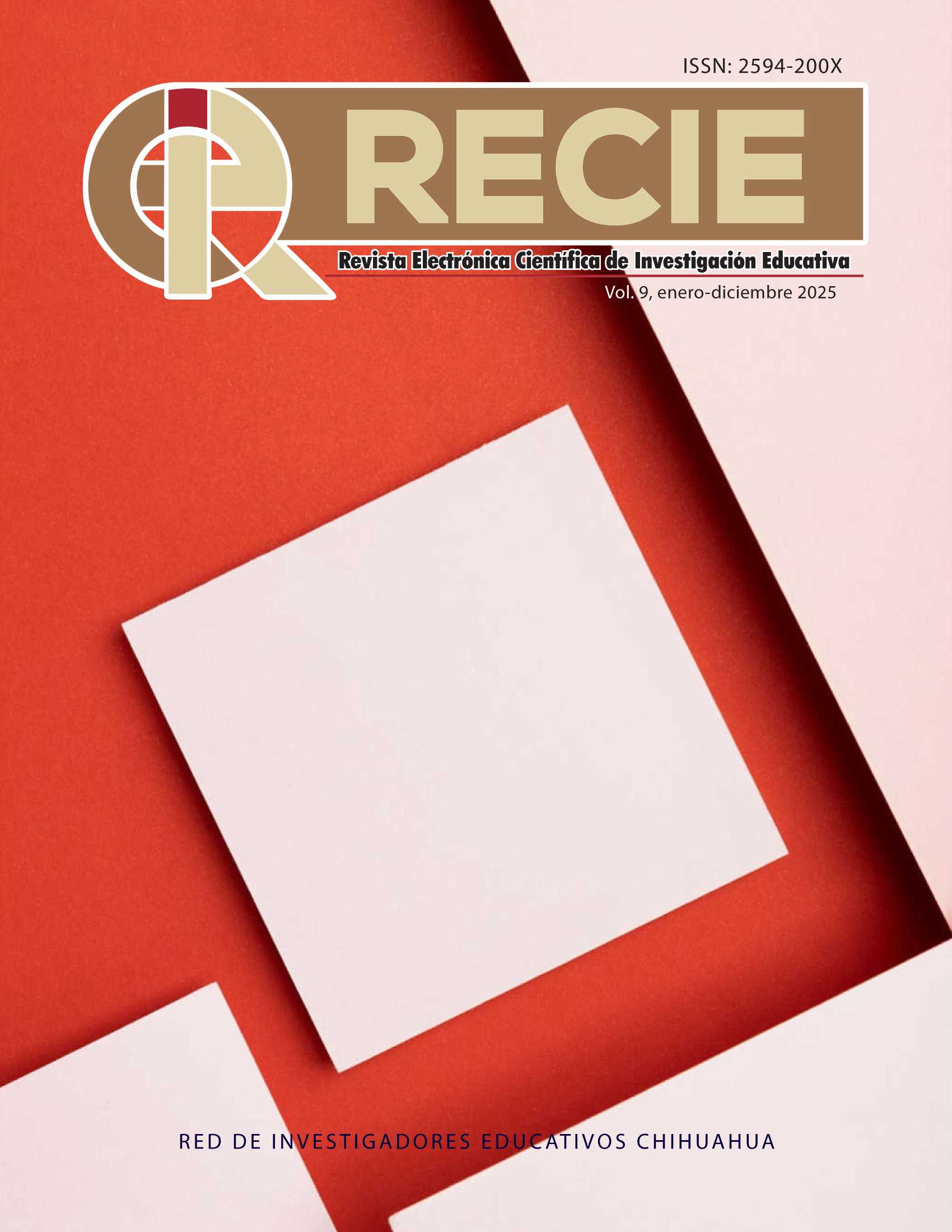Integration of microservices with Laravel, Python and Django for teaching data processing
Published 2025-06-13
Keywords
- information access,
- algorithm,
- information processing
- acceso a la información,
- algoritmo,
- procesamiento de la información
How to Cite
Copyright (c) 2025

This work is licensed under a Creative Commons Attribution-NonCommercial 4.0 International License.
Abstract
This article demonstrates how to integrate various technologies into an educational environment to facilitate the teaching of data processing using microservices. The project employs Laravel, Alpine.js and Django for data management and transformation via microservices. Implementing a microservice-based architecture allows the application to be divided into manageable components, which not only improves the system’s scalability and maintainability but also provides a practical model for students to understand these technologies. A prototype was developed following the prototyping methodology, enabling an iterative system design with a focus on teaching key concepts such as data loading, category homogenization, duplicate elimination and categorical variable transformation. Performance evaluations indicate satisfactory response times when processing numerical data with small datasets, while areas for improvement were identified when handling large volumes of categorical data. This educational approach aims to reduce the technical skills gap among students interested in machine learning and data processing.
References
- Amarulloh, A., Kurniasih, K., y Muchlis, M. (2023). Analisis perbandingan performa web service rest menggunakan framework Laravel, Django, dan node js pada aplikasi berbasis website. Jurnal Teknik Informatika, 9(1), 14-19. https://ejournal.antarbangsa.ac.id/jti/article/view/515
- Aude, J. S., Paiva, E. B. M. O., Aude, E. P. L., Filho, E. P. L., Martins, M. F., y Pinto, S. B. (1988). Acelerador modular para roteamento. En International Symposium on Computer Architecture and High Performance Computing (SBAC-PAD), 2 (pp. 90-97). https://doi.org/10.5753/sbac-pad.1988.23523
- Chapkovski, P., y Kujansuu, E. (2019). Real-time interactions in oTree using Django Channels: Auctions and real effort tasks. Journal of Behavioral and Experimental Finance, 23, 114-123. https://doi.org/https://doi.org/10.1016/j.jbef.2019.05.008
- De Luca, V., Epicoco, I., Lezzi, D., y Aloisio, G. (2011). A web API framework for developing grid portals. Procedia Computer Science, 4, 392-401. https://doi.org/10.1016/j.procs.2011.04.041
- Ekholm, E. (2024). Review of HTML-oriented state managers for web development [Tesis de grado, Aalto University]. https://urn.fi/URN:NBN:fi:aalto-202405283848
- Felício, D., Simão, J., y Datia, N. (2023). RapiTest: Continuous black-box testing of RESTful Web APIs. Procedia Computer Science, 219, 537-545. https://doi.org/10.1016/j.procs.2023.01.322
- Fortin, M., Lavoie, J.-F., Régnière, J., y Saint-Amant, R. (2022). A Web API for weather generation and pest development simulation in North America. Environmental Modelling & Software, 157, 105476. https://doi.org/https://doi.org/10.1016/j.envsoft.2022.105476
- Gopalakrishnan, V., y Ramaswamy, C. (2017). Patient opinion mining to analyze drugs satisfaction using supervised learning. Journal of Applied Research and Technology, 15(4), 311-319. https://doi.org/10.1016/j.jart.2017.02.005
- Harris, C. (2020). Arquitectura de microservicios. Atlassian. https://www.atlassian.com/es/microservices/microservices-architecture
- Kaplarevic, V. (2023, dic. 20). 7 ways to reduce server response time. PhoenixNAP. https://phoenixnap.com/kb/reduce-server-response-time
- Laaziri, M., Benmoussa, K., Khoulji, S., y Kerkeb, M. L. (2019). A comparative study of PHP frameworks performance. Procedia Manufacturing, 32, 864-871. https://doi.org/https://doi.org/10.1016/j.promfg.2019.02.295
- Leipzig, J. (2017). A review of bioinformatic pipeline frameworks. Briefings in Bioinformatics, 18(3), 530-536. https://doi.org/10.1093/bib/bbw020
- Markert, K. N., da Silva, G., Ames, D. P., Maghami, I., Williams, G. P., Nelson, E. J., Halgren, J., Patel, A., Santos, A., y Ames, M. J. (2024). Design and implementation of a BigQuery dataset and application programmer interface (API) for the U.S. National Water Model. Environmental Modelling and Software, 179, 106123. https://doi.org/10.1016/j.envsoft.2024.106123
- Mustapha, A., Abdellah, K., Mohamed, L., Khalid, L., Hamid, H., y Ali, K. (2023). DLDiagnosis: A mobile and web application for diseases classification using Deep Learning. SoftwareX, 23, 101488. https://doi.org/10.1016/j.softx.2023.101488
- Pilario, K. E. (2024). Teaching classical machine learning as a graduate-level course in chemical engineering: An algorithmic approach. Digital Chemical Engineering, 11, 100163. https://doi.org/https://doi.org/10.1016/j.dche.2024.100163
- Prasai, R., Schwertner, T. W., Mainali, K., Mathewson, H., Kafley, H., Thapa, S., Adhikari, D., Medley, P., y Drake, J. (2021). Application of Google earth engine python API and NAIP imagery for land use and land cover classification: A case study in Florida, USA. Ecological Informatics, 66, 101474. https://doi.org/https://doi.org/10.1016/j.ecoinf.2021.101474
- Pujadas, R., Valderrama, E., y Venters, W. (2024). The value and structuring role of web APIs in digital innovation ecosystems: The case of the online travel ecosystem. Research Policy, 53(2), 104931. https://doi.org/10.1016/j.respol.2023.104931
- Rojas, J., Gamboa-Cruzado, J., y de la Cruz, P. (2023). Systematic literature review on machine learning and its impact on APIs deployment. Computacion y Sistemas, 27(4), 1107-1124. https://doi.org/10.13053/CyS-27-4-4371


